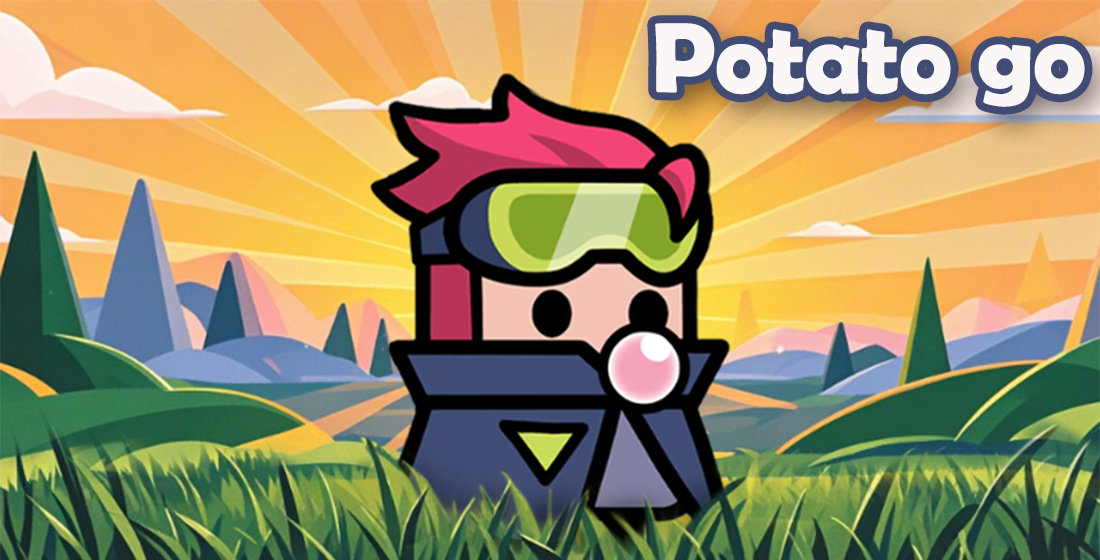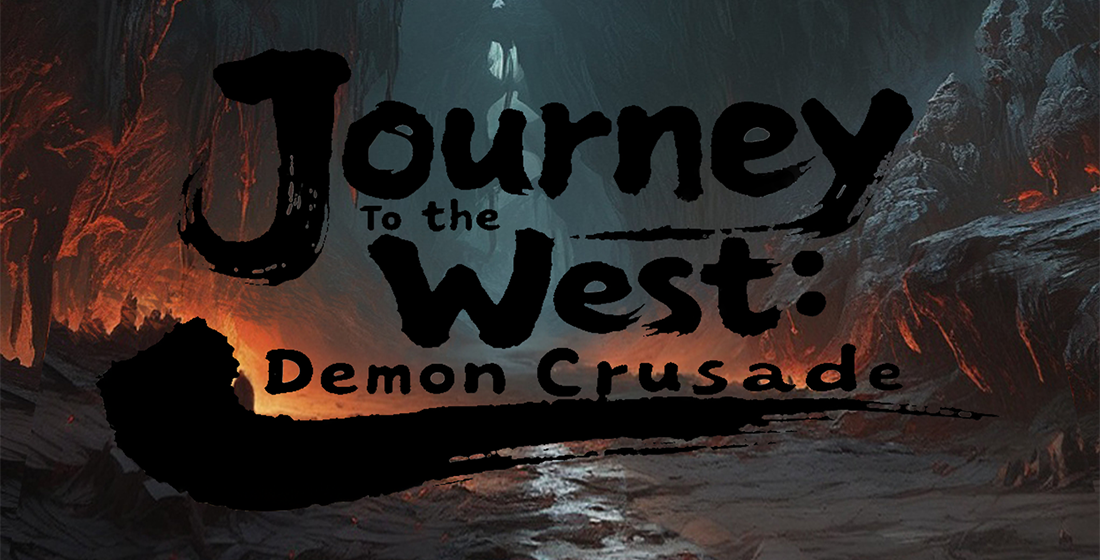Why Casual Multiplayer Games Are the Future of Social Gaming: A Deep Dive
The Rise of Casual Multiplayer Games
Casual multiplayer games have been gaining traction in the gaming world. Unlike their more complex counterparts, these games appeal to a broader audience, allowing gamers from various backgrounds to come together. With the increasing demand for social interaction even in virtual realms, casual multiplayer games represent the perfect fusion of accessibility and enjoyment.
What Makes Multiplayer Games Unique?
Multiplayer games create unique opportunities for players to connect. The social aspect transforms individual experiences into shared journeys, leading to memorable moments that stand out. The beauty of multiplayer lies in its ability to foster friendships and collaborations.
Understanding Casual Games
But, what exactly defines casual games? These games are typically easy to pick up, require minimal time commitment, and are designed around enjoyment rather than intense competition. Titles like Zelda: Tears of the Kingdom may not fit this mold strictly, but their puzzles, like the water temple puzzle, encapsulate the casual approach of engaging problem-solving.
Accessibility Drives Popularity
One of the primary reasons casual multiplayer games have exploded in popularity is accessibility. Gamers don't require high-spec devices; most can play on their smartphones or tablets. This broad access means more players can join in, amplifying the community and interaction among gamers.
Social Interaction at Its Core
These games excel at fostering social interaction. Players can communicate, strategize, and compete with friends or even strangers. Unlike heavier RPGs that sometimes isolate players in expansive single-player quests, casual multiplayer games encourage teamwork and camaraderie.
Examples of Popular Casual Multiplayer Games
- Among Us
- Fall Guys
- Mario Kart Tour
- Fortnite Creative Mode
- Words with Friends
RPG Game Makers: Bridging Casual and Complex
For those looking to develop their own games, the concept of an RPG game maker free becomes appealing. These tools allow users to craft simple yet engaging experiences, merging casual elements with RPG mechanics. They can lay a foundation that encourages social interaction while remaining easy to develop.
Table: The Comparison of Casual vs. Traditional Multiplayer Games
| Aspect | Casual Multiplayer Games | Traditional Multiplayer Games |
|---|---|---|
| Complexity | Low | High |
| Time Commitment | Short sessions | Longer sessions |
| Target Audience | Casual Gamers | Hardcore Gamers |
| Social Interaction | High | Variable |
The Role of Technology in Casual Gaming
Technology has played a significant role as well. The rise of social media platforms and streaming services has made it easier for casual games to gain visibility. Furthermore, online capabilities have transformed how we play, making it more accessible than ever.
Impact of COVID-19 on Gaming Culture
The pandemic has also laid the foundation for a surge in casual gaming. With social distancing mandates in place, individuals sought out virtual avenues to connect. Casual multiplayer games provided a fantastic solution, bridging the gap between isolation and social interaction.
Community Engagement Is Key
Successful casual multiplayer games focus on community engagement. They offer players incentives, bonuses, and the occasional challenge, which keeps the gameplay fresh and exciting. Fostering a thriving community allows games to evolve and retain players for much longer than anticipated.
The Future: What’s Next for Casual Multiplayer Games?
As we look forward, the future of casual multiplayer is bright. Developers are continually innovating and creating experiences tailored to user preferences. The rise of AR and VR technologies could further enhance the casual gaming experience, enabling new degrees of interaction.
Challenges Faced by Casual Multiplayer Games
Despite their popularity, casual multiplayer games face challenges of their own. Competition is fierce, and retaining a player base in a crowded market can be tough. Developers must ensure the balance between engaging content and maintaining accessibility.
Community Feedback Shapes Development
Another important aspect is how community feedback is pivotal for growth. Developers who listen to players create a more meaningful experience, ensuring that they are providing what is desired rather than what is assumed.
Conclusion: A Bright Horizon for Casual Multiplayer Games
In summary, the world of casual multiplayer games is redefining social gaming. Accessibility, community engagement, and technological advances have set the stage for a flourishing future. As players continue to seek social interactions from their experiences, these games are perfectly positioned to thrive in the years to come. The rise of casual multiplayer games isn’t just a trend; it’s an evolution in how we connect and play together.



